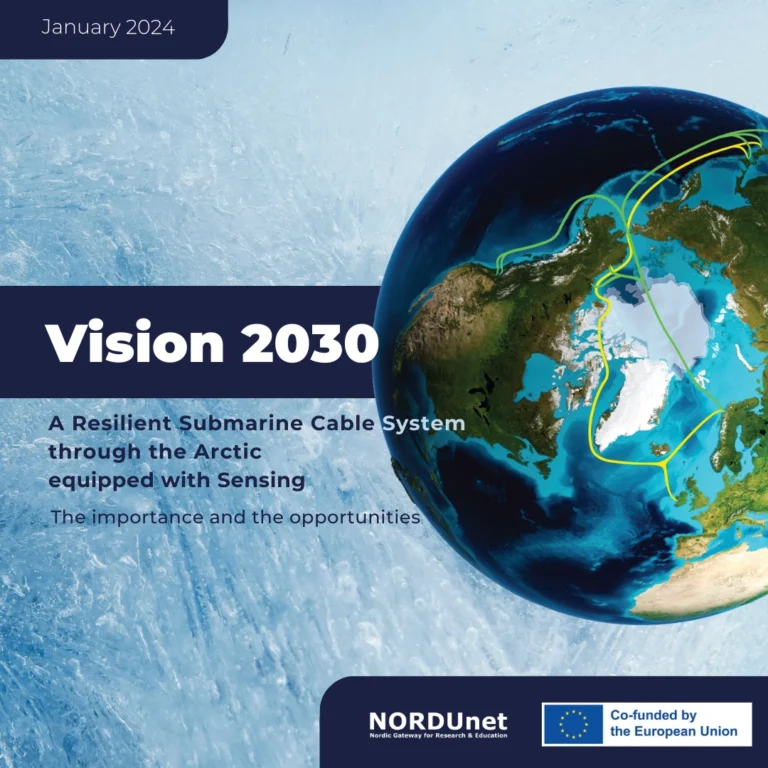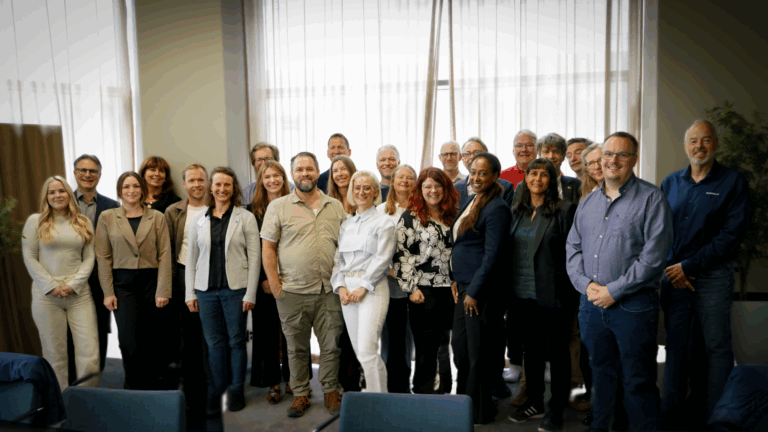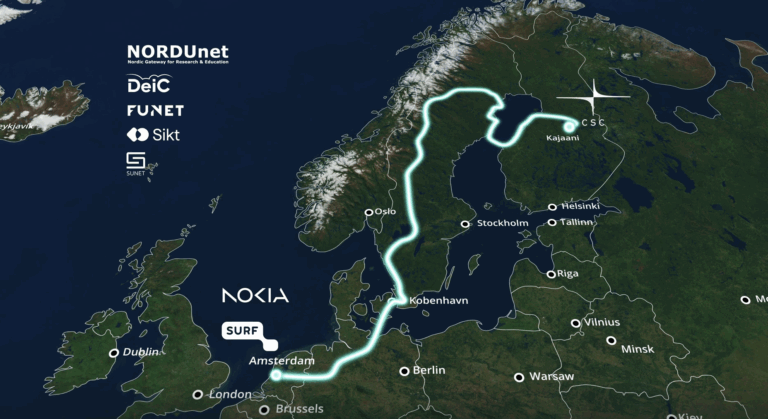Nordic NRENs and NORDUnet: By 2030 or soon thereafter, a resilient submarine cable system across the Arctic region towards East Asia must be in place.
A route through the Arctic region is the route for connecting Europe to Asia, and since the cable laying technology is ready the timing is right for taking advantage of this opportunity. This is the key message of a new report “Vision 2030: A resilient submarine cable system through the Arctic equipped with sensing.”
The report reflects joint preparatory efforts by Nordic national research and education networks (NRENs), NORDUnet, and partners. Besides the evident need for higher global capacity to meet the growing traffic demands, geopolitical tensions have added to the urgency.
“We have seen parties to different conflicts threatening to harm cable infrastructure. In many cases, Europe would be at the fallout of such actions. This is yet another reason why Arctic subsea cables are not only attractive but also necessary,” says NORDUnet’s Ieva Muraškienė.
Subsea optical fibre cables are by far the cheapest and most effective solution for long-range transmission of large volumes of data. But while numerous connections exist in most other waters, the Arctic is an exception. This is because the necessary technology for laying cables in the High North has only recently become mature.
Avoiding areas of congestion
Looking at the globe from the North Pole, it is obvious that a route through the Arctic region is the shortest between Northern Europe and Asia. Further, since the two connections will pass through virgin territory, they will be fully independent from currently congested regions. . For instance, the existing route through the Suez Canal and the Red Sea area is used by multiple connections which is a high-risk factor, even if the geopolitical tensions in that region had not existed.
Two connections are being detailed in the report. Far North Fiber is intended to link Europe and Japan through the North-West Passage between Greenland and Northern Canada, while Polar Connect is to follow a more direct route, passing under the ice cap of the North Pole, towards North America and East Asia.
The two suggested connections, both in preparation stages, fit well with several European Union initiatives aiming to increase the digital sovereignty of the continent. And the benefits will be especially large for Northern Europe, according to CEO Valter Nordh, NORDUnet:
“There is no doubt that improved connectivity will strengthen the Nordic regional networks, fostering new local business opportunities, increased productivity, and trade. Furthermore, remote areas will get access to a broader variety of online goods and services, increasing the quality of life. As for the economical benefits, faster broadband will enable remotely located people and businesses to participate in the global economy.”
Smart sensors contribute to science
Another motivation for supporting the new Arctic connections is the availability of renewable energy resources such as hydro power, wind, and wave energy in the High North, supporting among other things sustainable data centres. Establishing such data centers will be even more attractive with the creation of high-capacity connections to Asia and North America.
In addition to providing telecommunications services, the new Arctic connections can serve as scientific instruments. Smart sensors can be implemented as part of SMART cables, thereby collecting a wealth of data for one of the least explored parts of the Earth system. Examples are data for climate research, marine biology, and seismology.
The Vision 2030 report is a result of the work of NORDUnet and partners in the EU funded project (21-EU-DIG-NORTHERN EU GATEWAYS[1]). The efforts to undertake technical investigations and secure funding for the two Arctic connections will not just continue but be strongly intensified, says Ieva Muraškienė:
“History has shown that when the Nordics collaborate and harmonize their thinking and actions, great results can be achieved. The Vision 2030 is an ambitious contribution to the Digital Strategic Autonomy for Europe, and to enhancing the continent’s Internet connectivity with the rest of the Northern Hemisphere.”
Read the “Vision 2030: A resilient submarine cable system through the Arctic equipped with sensing” report at the Northern EU Gateways project website.
Two complementary connections
The two connections suggested by Nordic NRENs, NORDUnet, and partners are both at different stages of preparation.
Far North Fiber (FNF) is intended to link Europe and Japan through the North-West Passage between Greenland and Northern Canada and through the Canadian Archipelago. FNF is planned to make landfall in Europe, i.e. in Northern Norway. The anticipated Ready for Service date of FNF is scheduled to be in 2027. Cinia Oy is the European driving force behind FNF.
Polar Connect is to follow a more direct route, passing under the ice cap of the North Pole, almost touching Svalbard, and from there North of the Canadian Archipelago, towards North America and East Asia. This initiative is driven by the Nordic NRENs and NORDUnet. The envisioned Ready for Service date of Polar Connect is in 2030 or soon thereafter.
The two connections should not be seen as alternatives, but as complementary, states Ieva Muraškiné, NORDUnet:
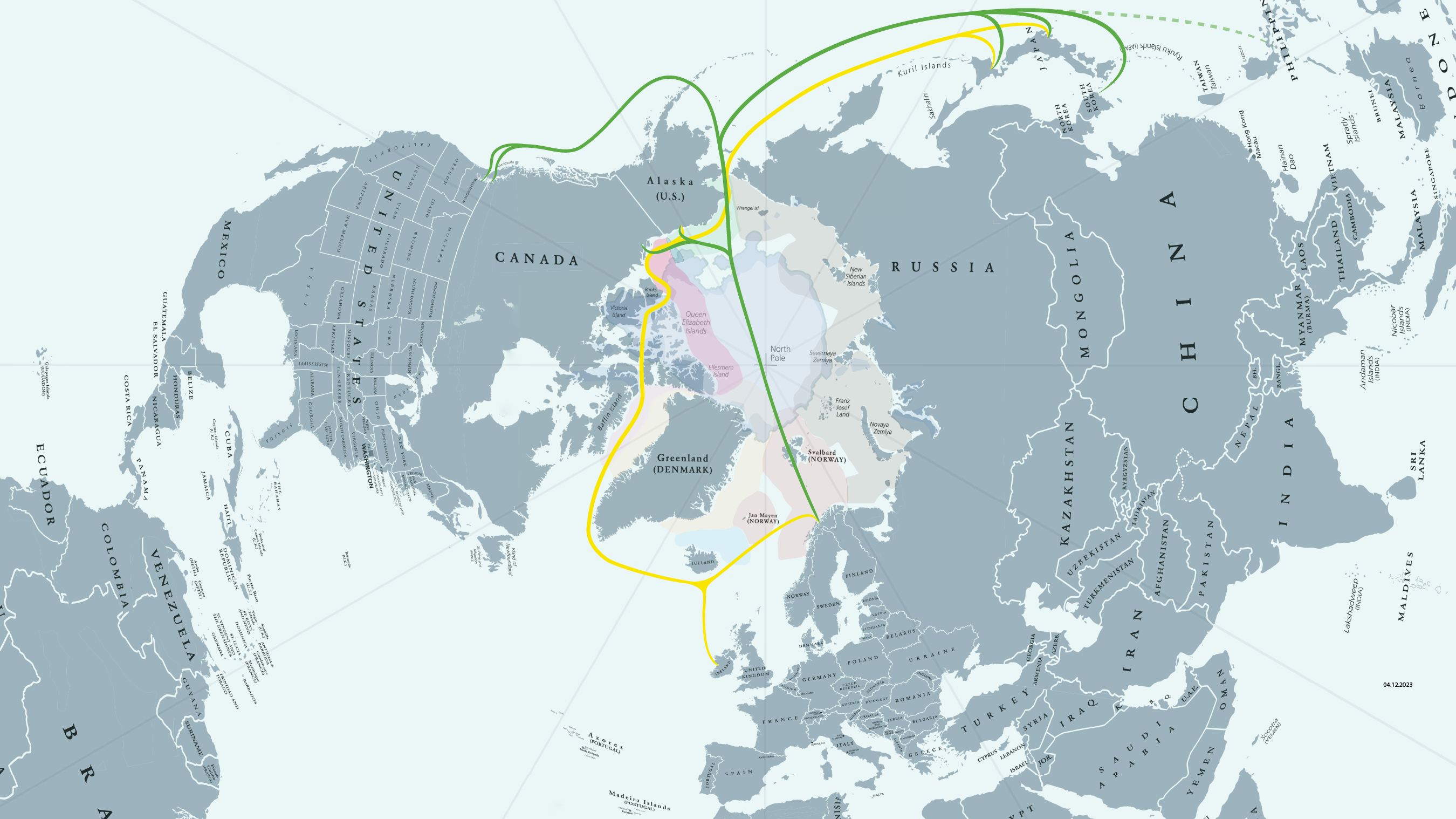
“If just one of the two is established, we will not have a truly resilient system. Given the steadily increasing amounts of traffic, and the societal dependence on uninterrupted connectivity, both must be built. Should one be compromised either by deliberate actions or due to natural causes such as sea bottom movements, the other can step in until repair works are completed. Since the two routes are quite differently routed in the Arctic area,, it is unlikely that both will be affected at the same time.”
[1] Northern EU Gateways project funded under CEF Digital program




